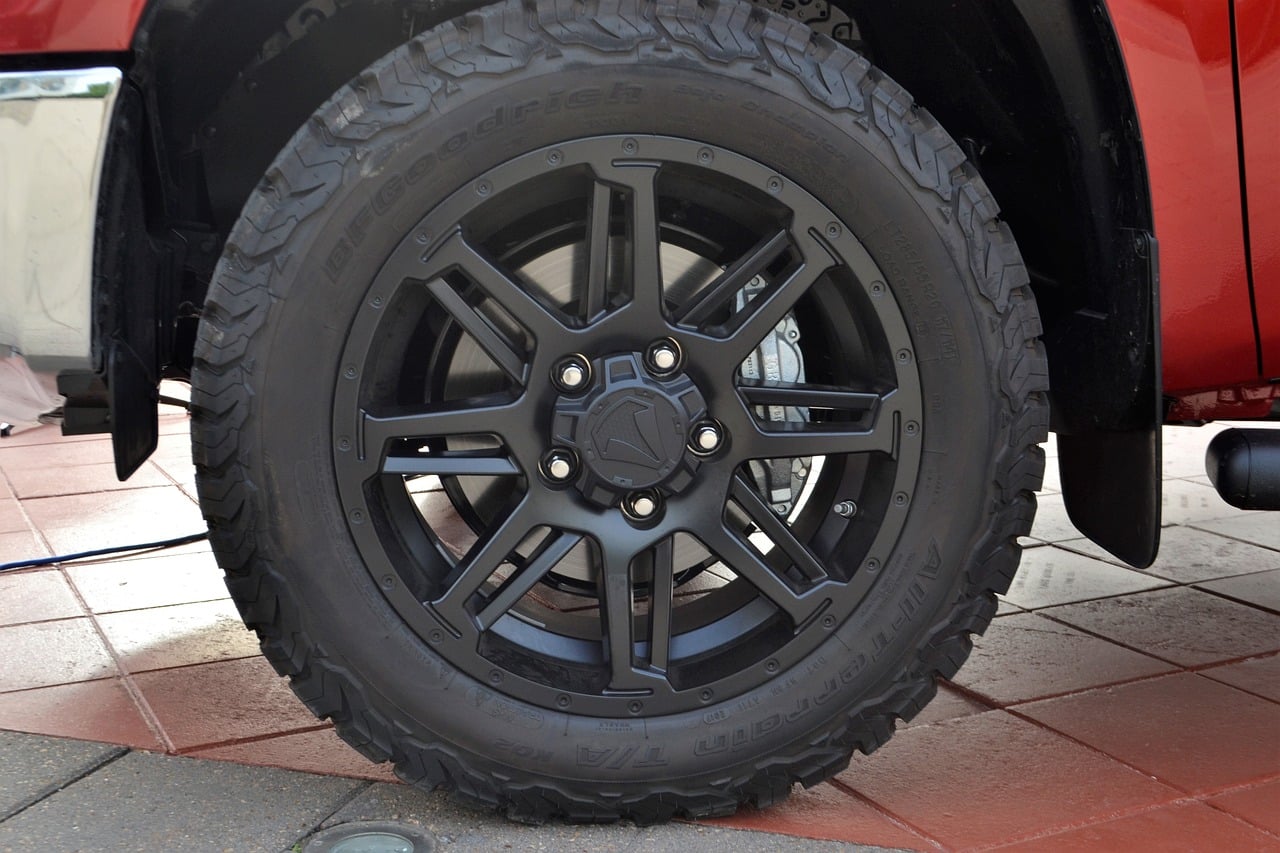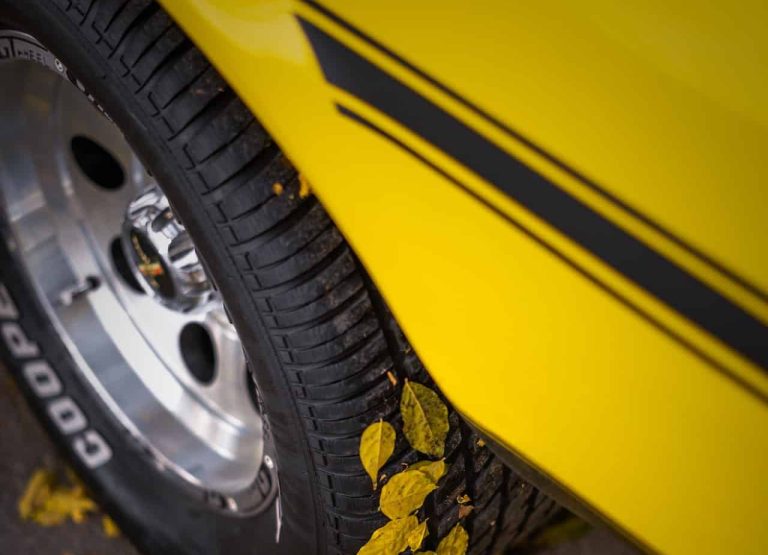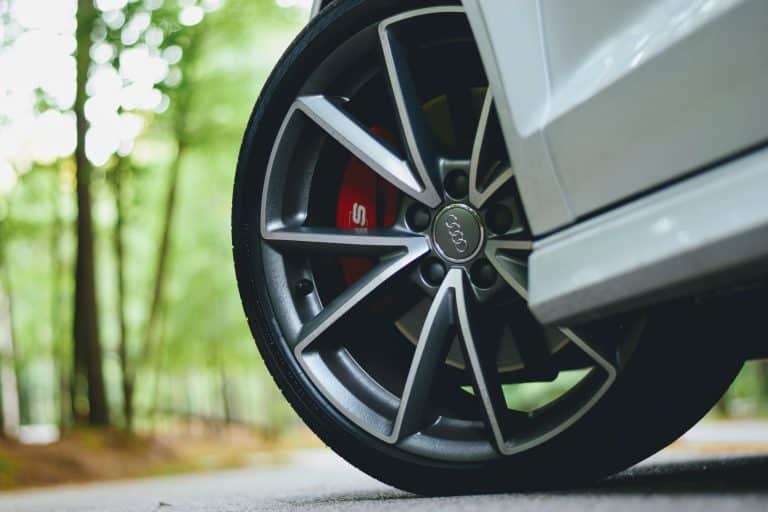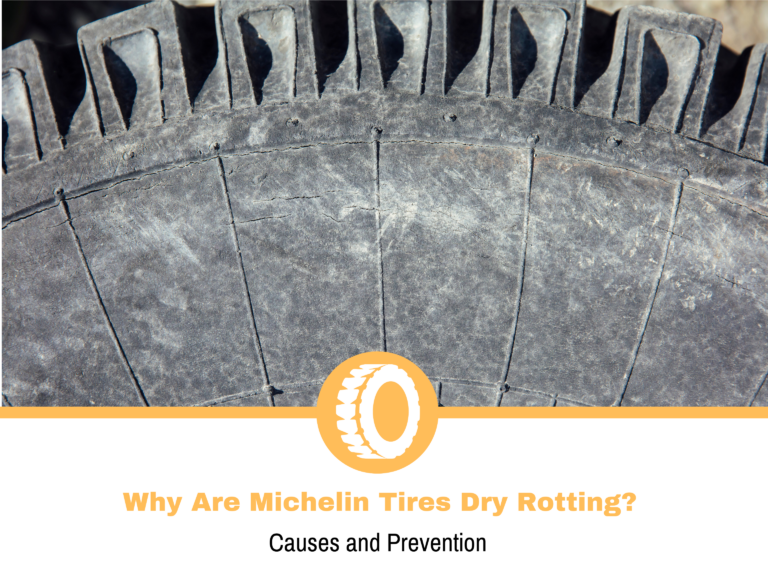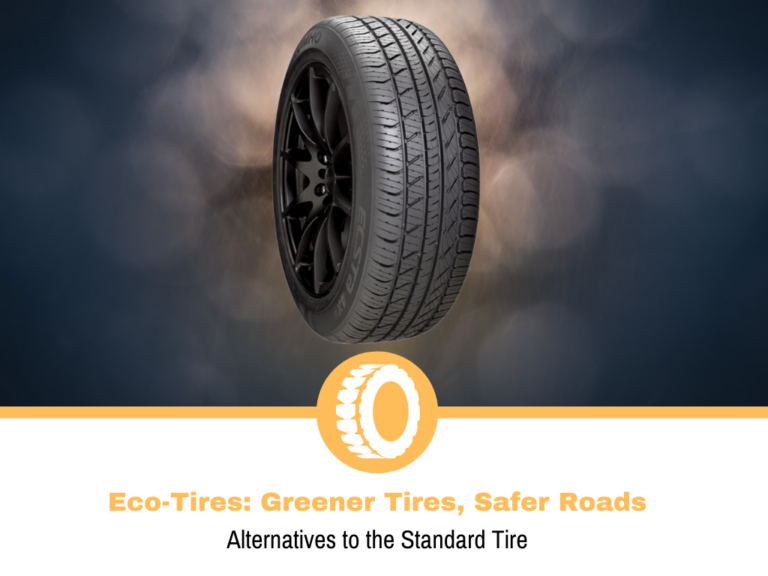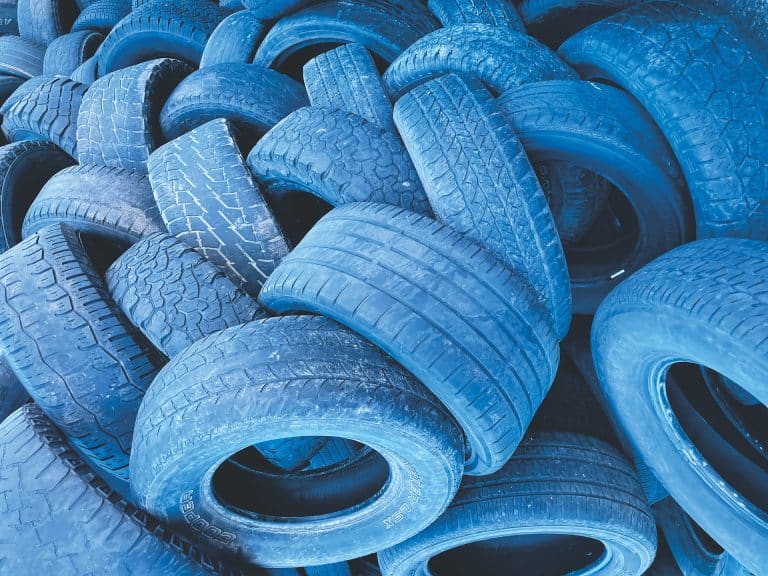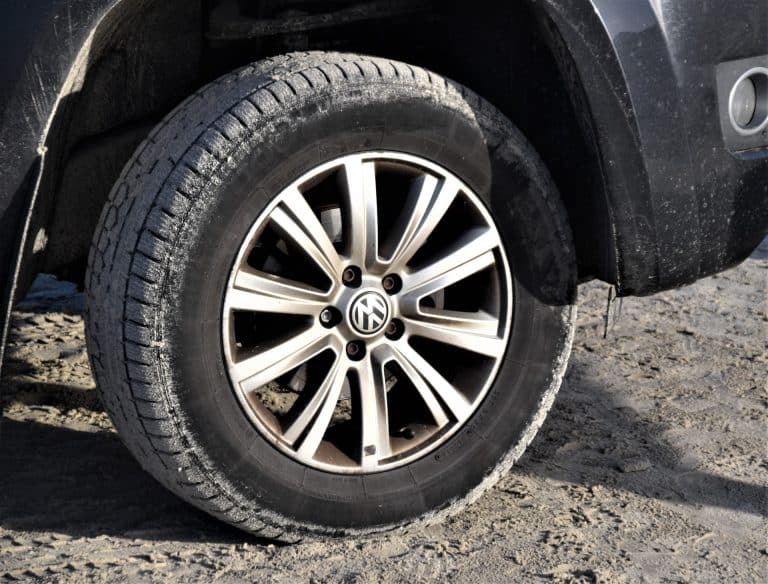What are OE Tires?
During manufacturing and assembling, car companies rely on parts that they make in-house and some are sourced from other companies. This is a good way to keep the process “cheaper” because if a car manufacturer makes everything, then the factories will be larger and the process more expensive. As a result, you’ll pay more for a new car.
Among the many parts that car manufacturers get from other companies are the tires. Every vehicle has a specific set of features that the manufacturer advertises and, based on that, it gets tires that would fit the character. A sporty coupe would have sticky performance tires, while a luxury sedan will come with a set of quiet and well-refined tires.
Getting a new car means you won’t get new tires for a while. With that said, today’s topic will cover these tires, explain how the come to be and if you should consider getting them again or go for a different model.
What are OE Tires?
OE stands for Original Equipment, showing that a part came installed on a car from the factory. The set of tires that comes with the car you get from the dealer are called OE tires. This mostly depends on the model you’re looking at. Your average hatchbacks don’t “qualify” for tires designed specifically for them, so they get something that can complement the car. The fancy models, on the other hand, get a specific set of tires, which we call OE. These are usually designed with the tire manufacturer for a specific model so that they can get the most out of what the car manufacturer wants to offer.
How are OE Tires Made?
The process of making OE tires is the same as making regular ones. They undergo the same procedure and testing, so there aren’t any differences here. The fundamental difference is the planning and development.
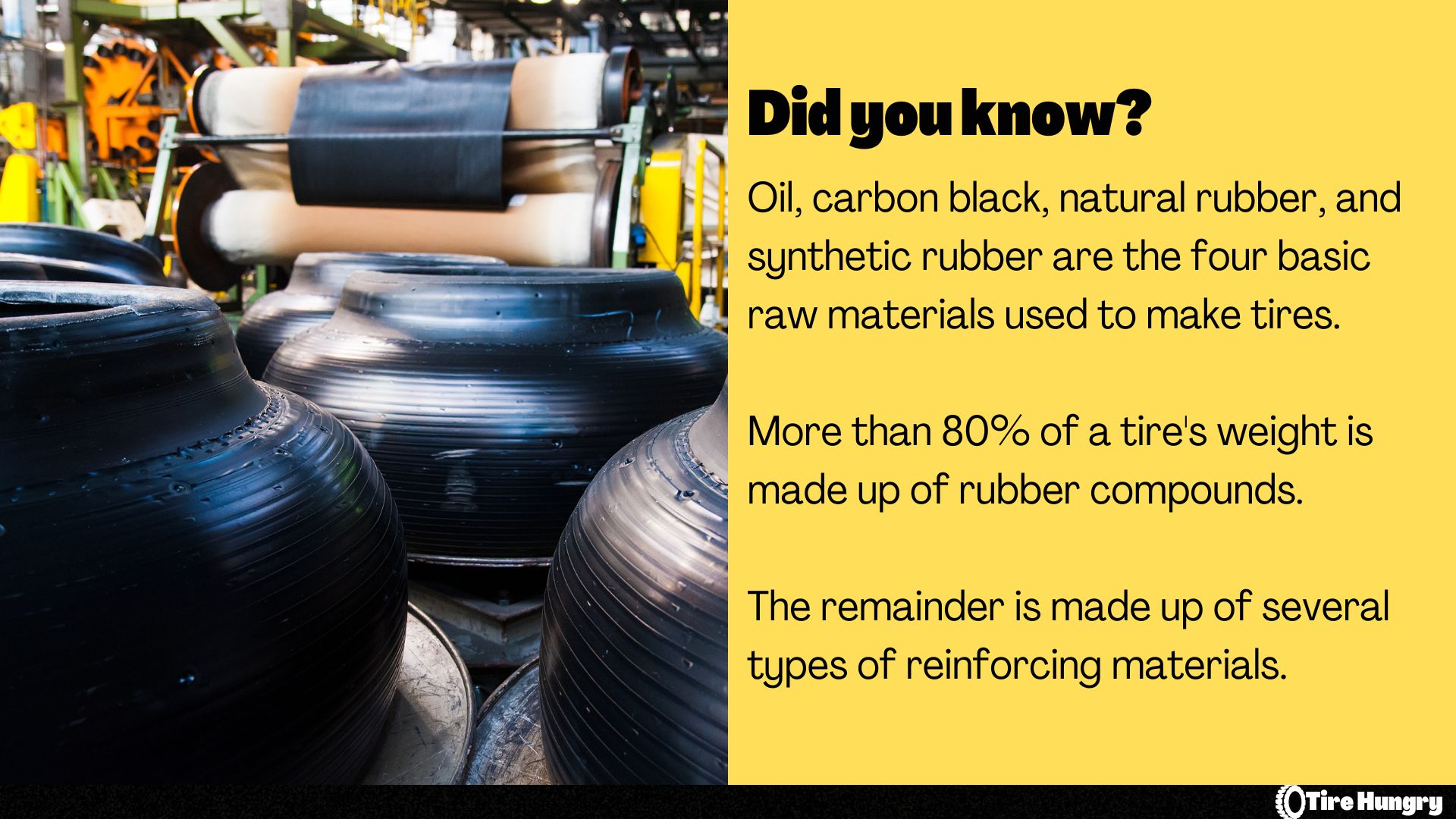
For OE tires, car and tire manufacturers work together to produce a tire that will fit the needs of a specific model. Car manufacturers already know what kind of model they’ll be making and they’re taking that information to the tire manufacturer. The process is extensive, but the shortest explanation is that OE tires get designed with the car and tire manufacturers going back and forth during the design process of the car.
Both are designed roughly at the same time, enabling to have the tires tested and maybe changed based on inputs from the testing drivers. While it’s not uncommon to see bespoke models designed from the ground up, most OE tires are based on regular tires but have modifications that make them perform as the car manufacturer needs.
Which Cars Get OE Tires?
Every car that comes from the factory gets a set of tires. The type of tires the car will have is the main difference.
The “common” models come in a variety of flavors, depending on the dealer, the season, and several other factors. There are multiple variations even between a single model, depending on the size and trim level. So, you can find a corolla with a set of touring tires, or one with a set of performance-oriented ones. Technically, we can call these OE tires because they come from the factory, but they’re not the type that’s designed specifically for that model.
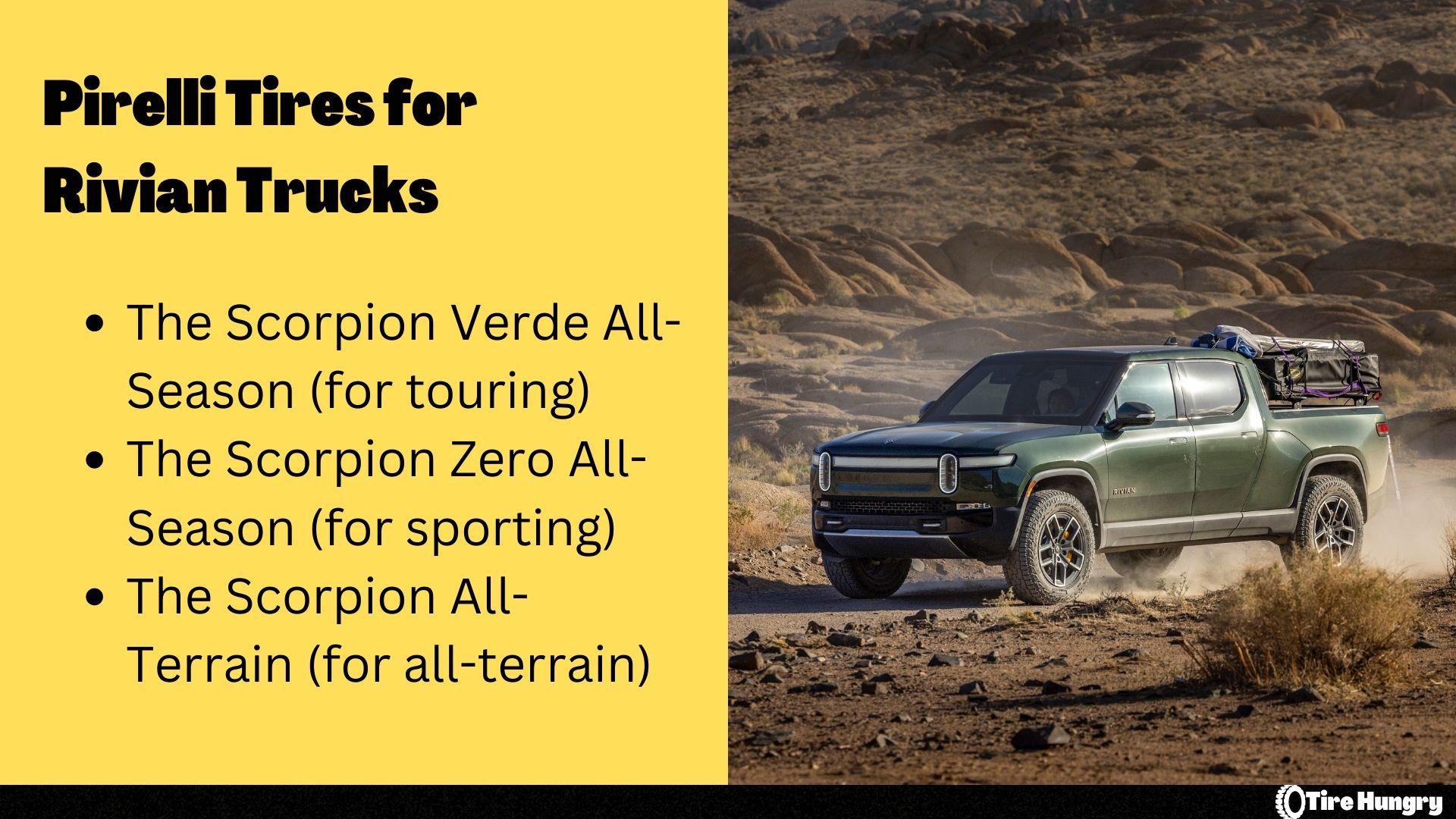
Take Rivian for example. The company partnered up with Pirelli to make bespoke OE tires for its vehicles. There are 3 types of tires – touring, performance, and all-terrain, all of which are designed specifically for Rivian. This means that the size options are unique to these models, and you won’t find them at your local tire shop. Even though these tires are based on existing Pirelli models, they are changed to fit Rivian’s needs.
The same goes for the other models. They get “unique” tires which help them bring out the driving characteristics, based on what the car manufacturer had intended.
Should You Always Get OE Tires?
When the time comes to get a new set of tires, the car manufacturer will recommend going for the OE models, and with good reason. Considering that those tires are designed alongside the car, you’ll know that they’re a perfect fit, not only in terms of size but in the way they perform.
If you have a sporty coupe which had tires designed specifically for it, going for the OE tires will make sure that the performance will remain the same. The way the car handled the first day you sat in it, it will behave the same way when you replace the tires.
Another thing you’ll be sure of is fitment. With regular tires, you’ll need to look if a certain model comes in the size and specification for your car, like load and speed rating. The model is designed for that car, so everything will be per spec.
Can You Replace the OE Tires with Different ones?
The short answer is yes, but with a few considerations. When looking at a new set of non-OE tires, the main thing you should focus on are the specs. Tire size, load index, and speed rating are the most crucial ones to look out for. If you’ve ever shopped for tires, you know that not all models come in all sizes, so it’s essential to get this right. Keep in mind that this is something to consider only if the current setup is stock. If you have upgraded the wheels and tires before, go for the current setup.
The performance is another thing to consider. Changing from one tire model to another means that you won’t get the same performance and handling, even if both tires are from the same category. Going for different categories, for example, changing from OE touring tires to a performance-oriented one means you’ll get a different driving experience. The refinement won’t be as good, but you will have a sportier tire.
Are OE Tires Better?
It’s important to explain how we define better in this regard. OE tires are technically the best for a certain model that has them, but they’re not the best in the industry. We usually consider them the best choice because they’re designed for a specific car and they get the most out of it. With that said, there are some exceptions.
Take the earlier example. You have a car that came with touring OE tires, but it’s a sporty sedan, so you want to have some fun on a twisty road. Here, the OE tires won’t be better for that application because they won’t be sporty enough to satisfy your enthusiastic needs.
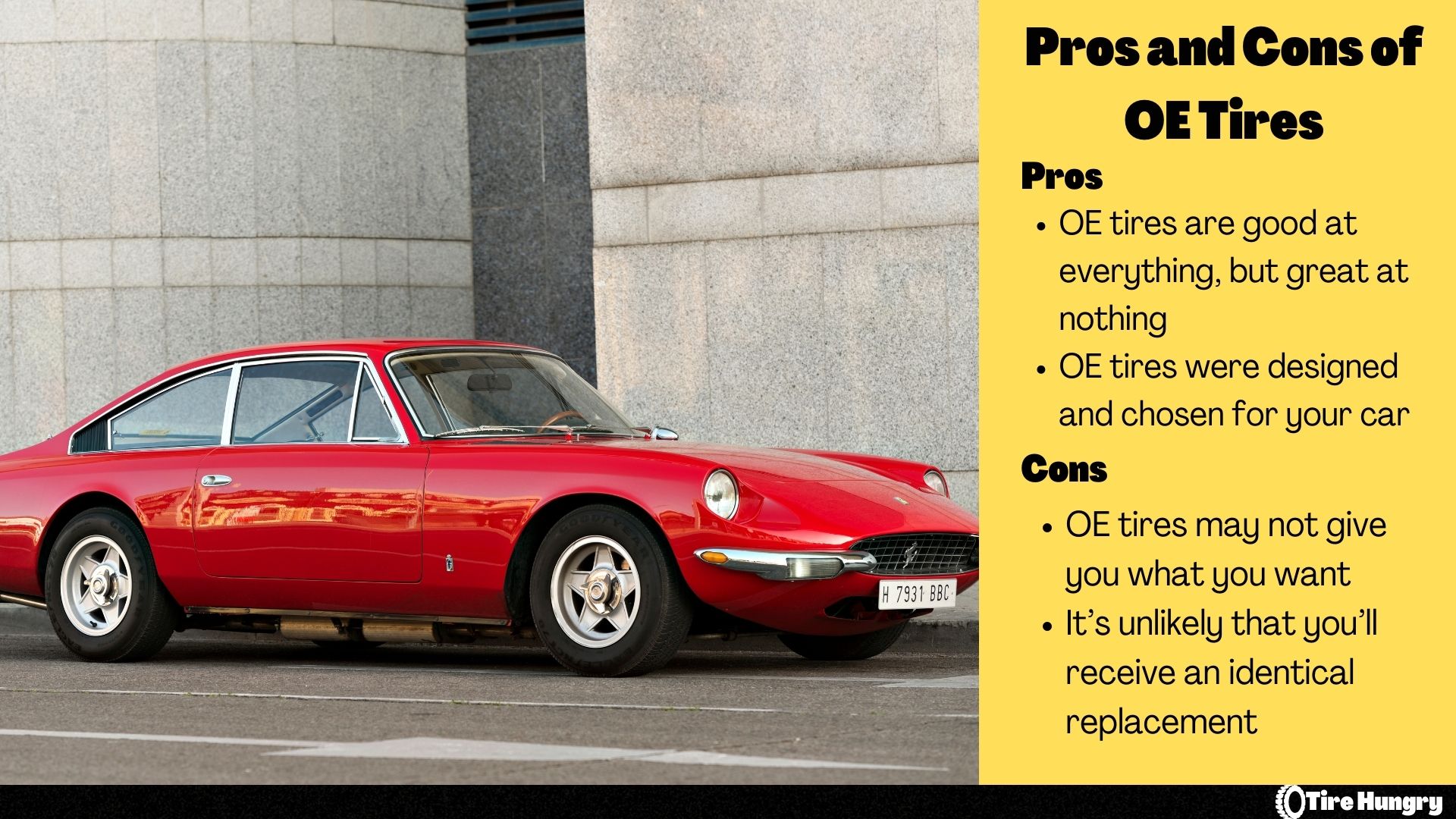
Then there’s the industry evolution. You may have purchased a car with OE tires 20 years ago and the tires were perfect according to those standards, but today, they’ll probably be somewhere in the middle of the pack, or maybe lower. In this case, OE tires shouldn’t be your first choice, as there are better performing “regular” tires. To be fair, the chances of even finding new OE tires for cars that are that old are very low, so you’re better off looking at the latest additions.
Conclusion
You’re probably expecting some wise words from me detailing why you should or shouldn’t get OE tires, but you’ll be disappointed. Even though there are some situations where you may not have the option to choose, for the ones where you do, it will depend on your preferences.
Remaining with OE tires means that the car remains the same. The driving characteristics, handling, and refinement of the car will be the same. This option also saves you the headache of looking for tires that have models with the specs you need, so most people will decide to go with it.
Going for other tires won’t mean the beginning of the apocalypse. You will change how the tire drives and feels, so if that’s something you want to do then the OE tires won’t get the job done. Also, this is a recommended course of action for older cars. Here, the improvements justify getting non-OE tires, even if it means upgrading the wheel setup. This is a very rare instance, but sometimes you may not find the same dimension as the OE tires, so you may need to improvise a bit.
Overall, regardless of which option you choose, you won’t make a catastrophic mistake. You’ll either end up with a car that drives the same as it did before, or you can change it in a way that you like more.
